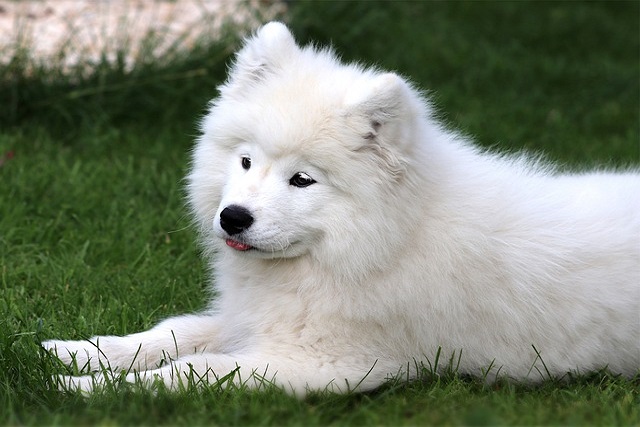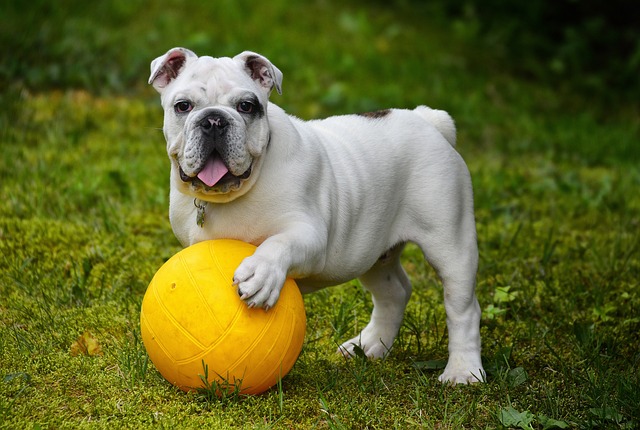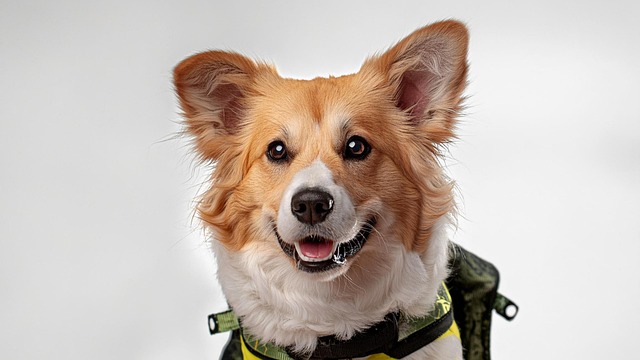
how often should i bathe my dog in the summer
There's nothing quite like the smell of a dog who's been rolling in sun-baked grass, swimming in lakes, and generally living their best summer life—until
When a furry companion gently touches the back of your hand or cheek with its warm tongue, that moist and tender sensation can instantly melt a owner's heart. A dog's licking behavior is so common that we often take it for granted as a simple display of affection. Yet behind this seemingly straightforward act lies complex biological instincts, emotional expression, and social interaction. Research from evolutionary biology to modern animal behavior science shows that dogs don't lick their owners randomly - it's a communication method shaped by millions of years of evolution, serving as a crucial pathway for building their unique emotional bond with humans.
From the earliest stages of life, licking holds profound survival significance for dogs. Newborn puppies rely entirely on their mother's care, and maternal licking not only cleans them and stimulates excretion but, more importantly, conveys security through this intimate physical contact. Animal behaviorists have found that puppies frequently licked by their mothers typically demonstrate more stable emotions and stronger adaptability. These early sensory experiences create powerful associations in a dog's brain - licking equals love and safety. When puppies leave their mothers for human homes, they naturally transfer this mode of emotional expression to their owners. Those licking behaviors that receive gentle responses from owners become reinforced, gradually developing into habitual gestures of attachment. Careful observation reveals that when dogs feel particularly relaxed and content - such as when their owner first comes home or during cuddle time - the frequency of licking often increases significantly. This represents them revisiting the security they felt with their mother in puppyhood.
In canine social language, licking serves multiple roles. Scholars studying wolf behavior have found that subordinate wolves lick the muzzles of dominant pack members to show submission, a behavior called "active submission." When domestic dogs gently lick their owner's hands or face, they're likely employing this ancient canine etiquette to communicate: "You are the leader I respect and trust." Particularly interesting is how dogs often enthusiastically lick owners who've just returned home. Beyond expressing longing, this may also represent information gathering through smell and taste - a owner's skin carries trace scent molecules from the outside world, and licking helps dogs understand where their human has been and what they've encountered. This information-collecting instinct similarly originates from their wolf ancestors, as pack members would lick each other to share food information and maintain group cohesion in the wild.

From a neuroscience perspective, licking behavior activates reward circuits in a dog's brain. When dogs lick, their bodies release feel-good chemicals like endorphins, creating natural pleasure. This phenomenon parallels human physiological responses when enjoying food or receiving massage therapy. More remarkably, when owners respond positively to licking - through smiles, petting, or gentle words - a dog's brain further releases oxytocin, the so-called "love hormone" also present in human mother-child bonding and intimate relationships. Neuroimaging studies reveal that during friendly interaction between owners and dogs, oxytocin levels synchronously rise in both brains - this magical biochemical resonance forms the material foundation of the profound human-canine emotional bond.
However, not all licking stems from positive emotions. Animal behavior correction experts remind us that excessive or suddenly increased licking may signal psychological stress or physical health issues. Dogs with separation anxiety may compulsively lick their owners or themselves; certain nutritional deficiencies or digestive discomfort might also manifest as abnormal licking. One Golden Retriever owner discovered his dog obsessively licking his wrist, only to find through examination that a topical ointment he'd applied contained trace elements the dog lacked. This case vividly illustrates how canine licking sometimes communicates more complex physiological or psychological needs. Responsible owners should learn to distinguish normal affectionate behavior from potential problem signals - when licking accompanies other abnormalities like appetite changes or sleep disturbances, timely professional consultation becomes particularly important.
In our fast-paced modern lives, the human-dog relationship is being redefined. Growing research confirms that interacting with dogs significantly reduces human stress hormones and boosts happiness. As one of dogs' most natural communication methods, licking plays an irreplaceable role in this process. When you return home after an exhausting workday to a dog's enthusiastic licks, that's not just a simple action but a cross-species emotional dialogue. They're saying in the most primal way: "You belong to this family, and I care about your presence." This wordless emotional expression might precisely be why humans and dogs have developed such a special relationship over millennia.
Viewed through the lens of biological evolution, a dog's licking behavior represents nature's exquisite craftsmanship. It perfectly integrates survival instincts, complex social communication, and deep emotional connection into one simple action. Every tender lick continues the co-evolution story between dogs and humans in their own language. When we understand and cherish the profound meaning behind this behavior, the bond with our loyal companions grows stronger and warmer. In our modern society full of alienation, perhaps we should all learn from dogs - sometimes, the most sincere emotions don't need elaborate words. A simple lick can be enough.

There's nothing quite like the smell of a dog who's been rolling in sun-baked grass, swimming in lakes, and generally living their best summer life—until

Imagine you’re in your Chicago apartment, kneeling beside your 1-year-old Goldendoodle, Max, who’s scratching his belly so hard he’s leaving tiny red marks.

The supplement aisle at your local pet store can feel overwhelming—rows of bottles promising everything from joint support to boosted immunity for your dog.

Puppies tumble into crates like they’re discovering a cozy cave, but as they grow, that same space can start to feel small—both physically and emotionally.

German Shepherd puppies start teething around 3 to 4 months old, and it’s a messy, sometimes destructive phase.

Imagine you’re in your Los Angeles apartment, sitting on the couch while your 1-year-old Lab mix, Max, scratches his belly so hard he’s leaving red marks.